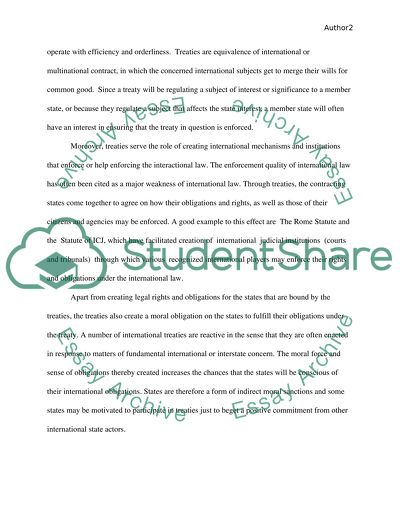Cite this document
(International Law of Treaties Case Study Example | Topics and Well Written Essays - 2500 words - 1, n.d.)
International Law of Treaties Case Study Example | Topics and Well Written Essays - 2500 words - 1. Retrieved from https://studentshare.org/law/1577187-international-law
International Law of Treaties Case Study Example | Topics and Well Written Essays - 2500 words - 1. Retrieved from https://studentshare.org/law/1577187-international-law
(International Law of Treaties Case Study Example | Topics and Well Written Essays - 2500 Words - 1)
International Law of Treaties Case Study Example | Topics and Well Written Essays - 2500 Words - 1. https://studentshare.org/law/1577187-international-law.
International Law of Treaties Case Study Example | Topics and Well Written Essays - 2500 Words - 1. https://studentshare.org/law/1577187-international-law.
“International Law of Treaties Case Study Example | Topics and Well Written Essays - 2500 Words - 1”. https://studentshare.org/law/1577187-international-law.


